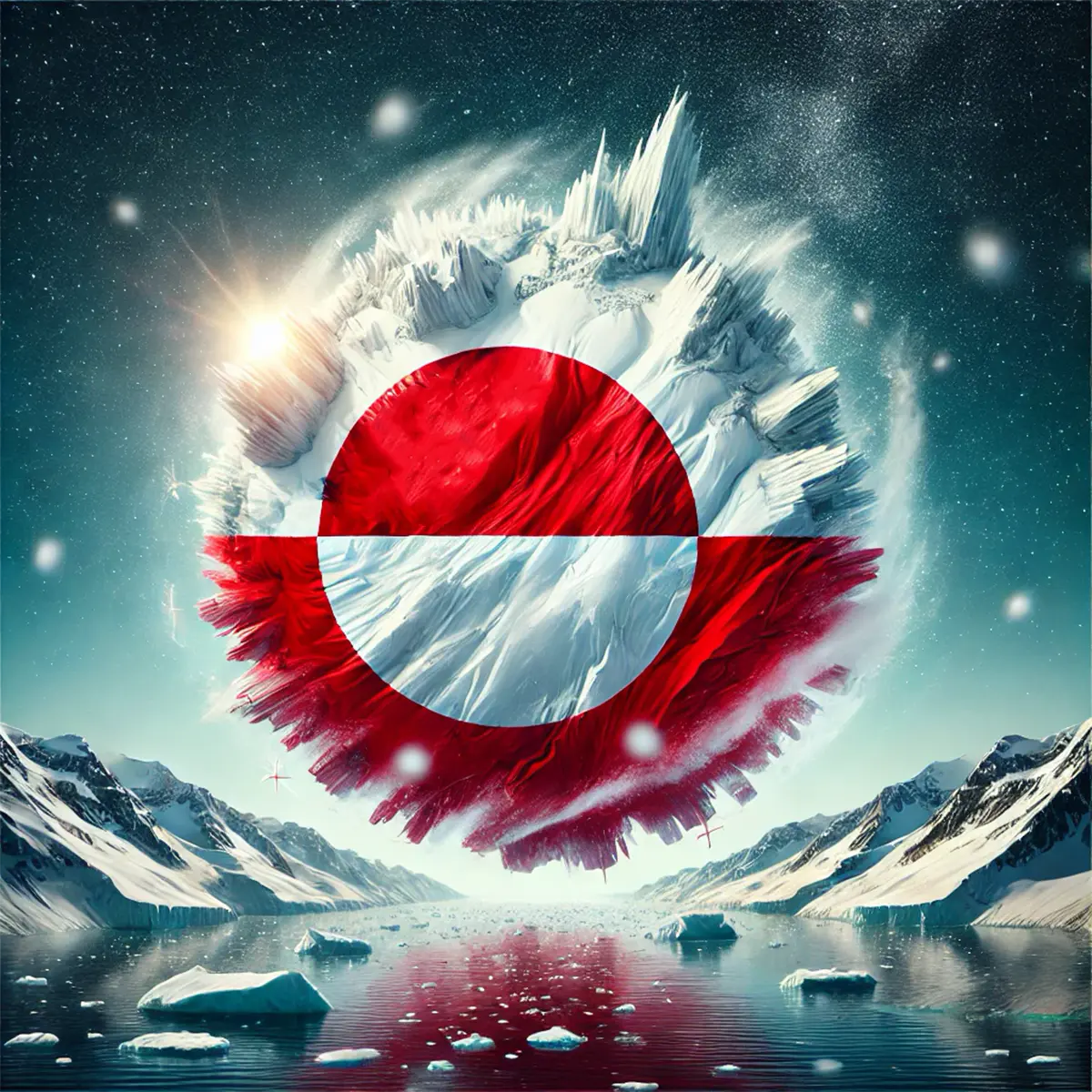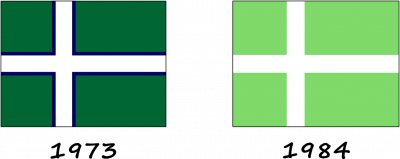The flag of Greenland was adopted on June 21, 1985, and consists of two identical horizontal stripes: white on top and red on the bottom. In this form, the flag is identical to the flag of Poland. However, the Greenlandic flag has an additional red and white circle, also divided in half, like the flag itself, which is located to the left of the center. Since Greenland is a territory controlled by Denmark, the flags of the two countries have identical colors.





